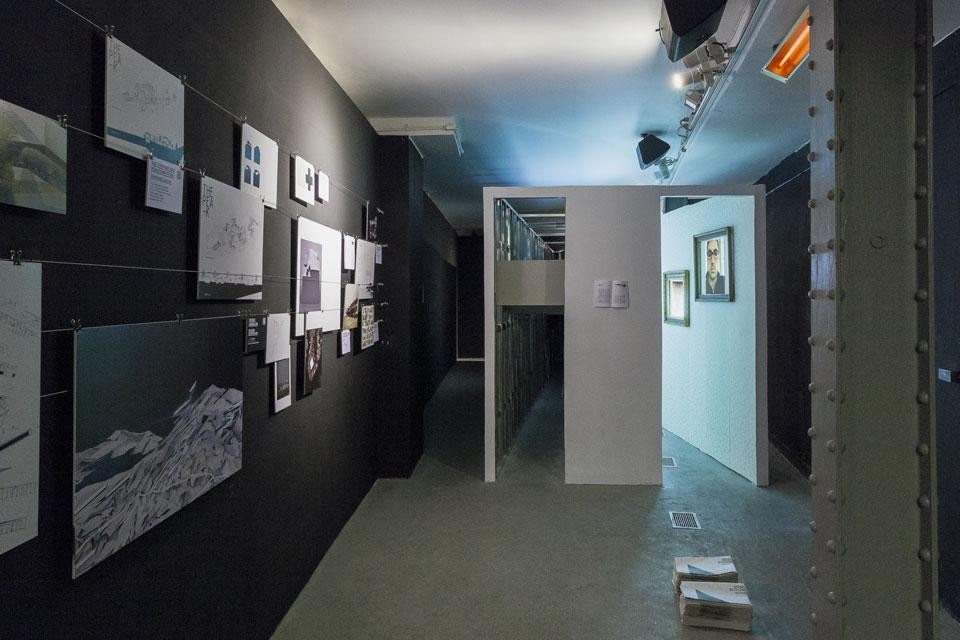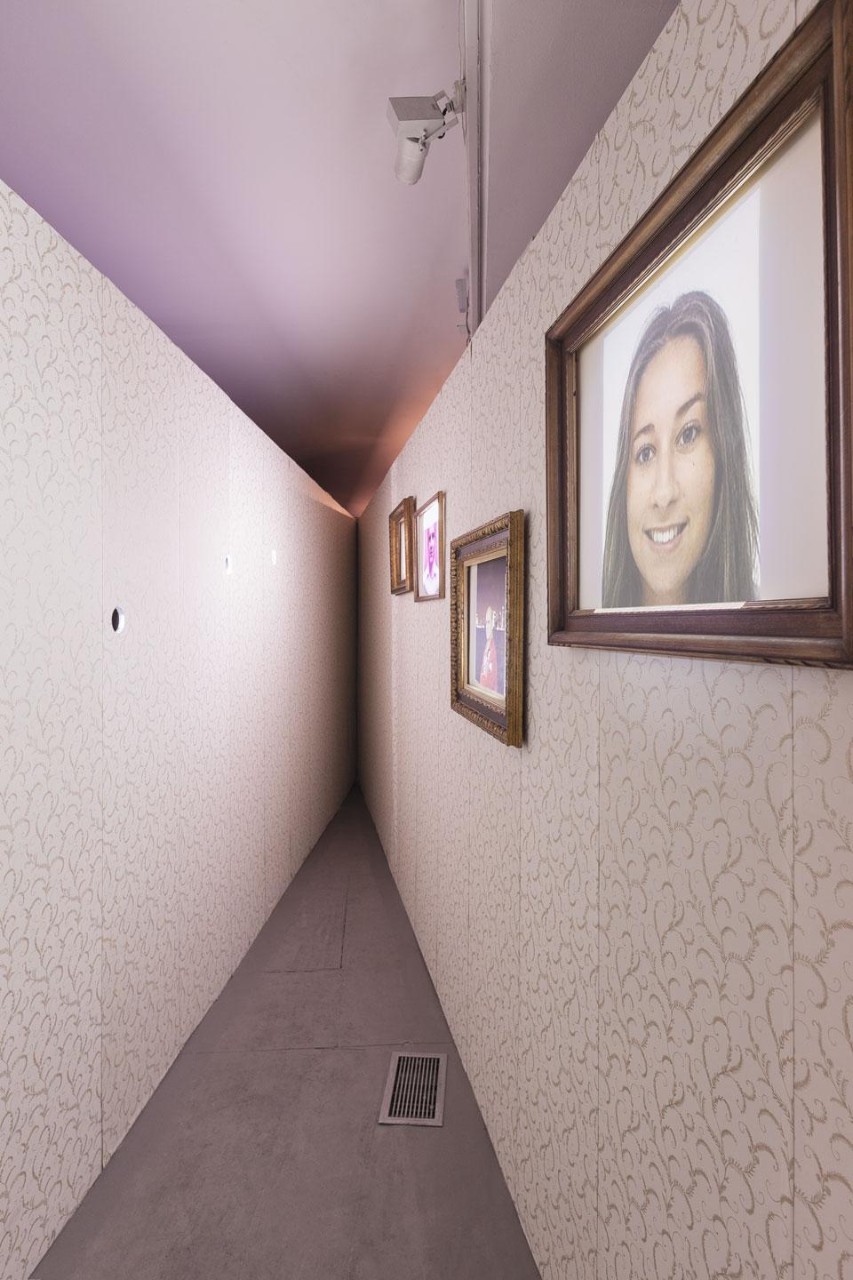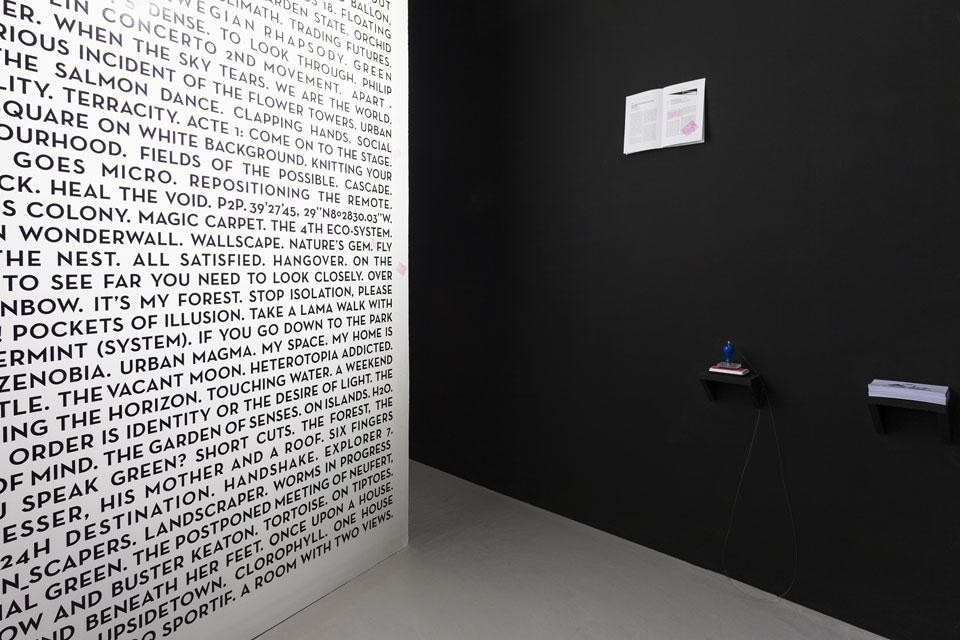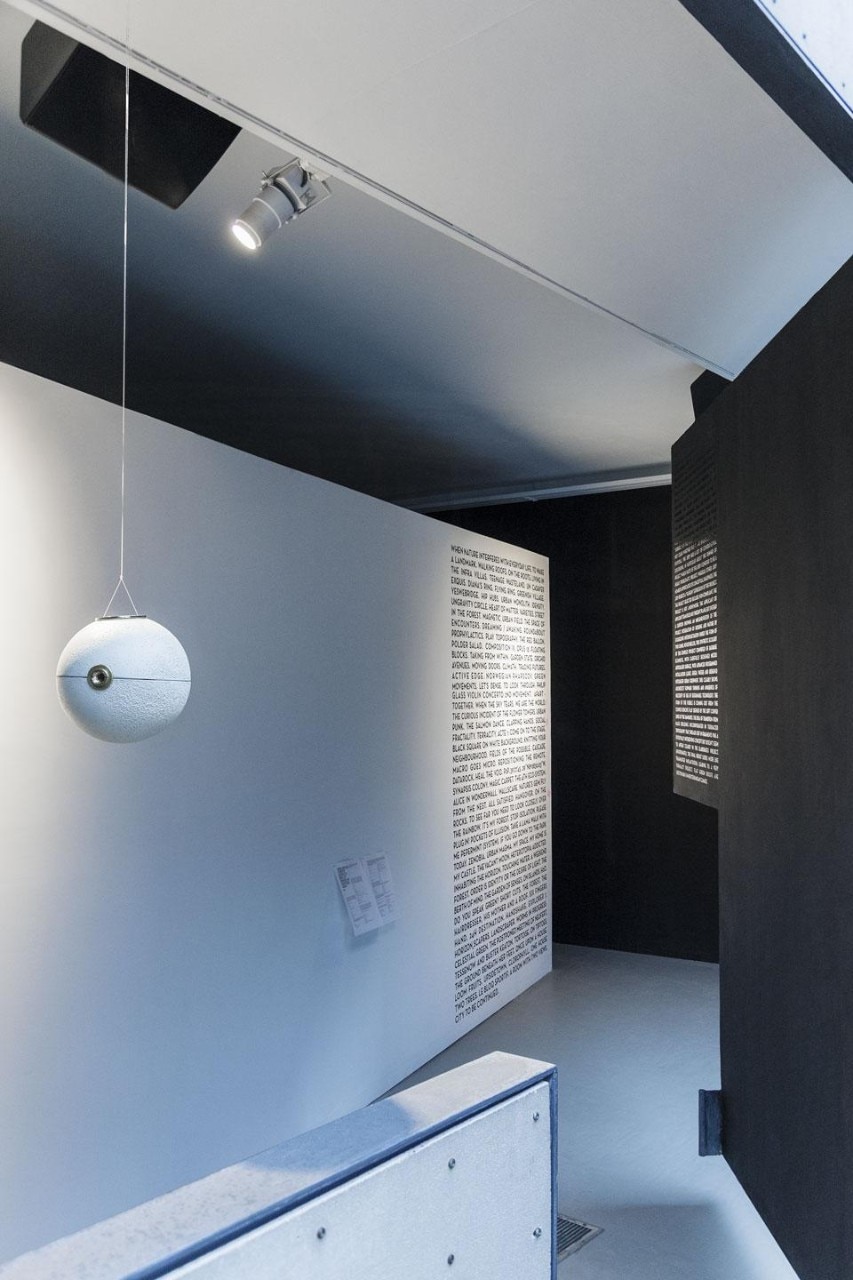— Increases professional knowledge & experience?
—The only means of advancement when without connection?
—Demoralising?
—Flashy style promoted?
—Loss of health & money?
So begins The Competitive Hypothesis, a lively exhibition at New York's Storefront for Art and Architecture that presents hidden stories of the politics behind architectural competitions. The question comes from the Royal Institute of British Architects' Survey on Guidelines for Competitions, conducted in London in 1872 — evidence that the debate on the value of design contests, unchanged for at least 140 years, is unlikely to cease anytime soon.
A curatorial team of eight, led by Adrian Lahoud, has transformed Storefront's famously tight, triangular gallery space into a series of four triangle-shaped, even-smaller "Storefronts." Each section presents an untold facet of the competition process. The Competitive Hypothesis focuses on recent design contests that have altered architectural discourse and the show presents results of re-staged versions of three notable competitions. These are not typical requests for proposals (RFPs) — procurement mechanisms used to select architects and developers for everyday buildings — rather, they are highly publicised competitions that have helped produce new movements in architecture or established the reputations of soon-to-be-famous architects.
Among the playful displays in the first exhibition area, aspiring competition winners can find not only creative ideas for how to game the system, but also pitfalls to avoid. To sidestep pesky requirements for entrants' anonymity, take a clue from the firm Superstudio in 1976: Three months prior to a House for a Superstar-themed competition, a member of the firm slipped a postcard of Michelangelo's David into the hand of architect and competition juror Arata Izozaki. Sure enough, Superstudio's "anonymous" entry, featuring the statue, went on to win third prize. Also heed the warnings of The Competitive Hypothesis's How Not to Title a Competition Entry. Proposals with names like Upsidetown or Worms in Progress have never fared well.


In the final space, the exhibition shows us that "coffee after coffee, day after night, model after model," competition entries are often produced by "the anonymous army of architectural interns." The Competitive Hypothesis celebrates these nameless producers with interns' self-portraits, displayed in gilded frames and hung over wallpaper, critiquing intern culture while also glamourizing it. After visiting the exhibition's four rooms we see what a competition press release would never mention: that the entrants' anonymity was breeched, that the firms' presentation techniques were clichéd, and that the unpaid interns did all of the work.
Design contests, with all of their drawbacks, present an opportunity to focus public attention and spur architectural innovation, especially for under-considered building types like housing

Karen Kubey is executive director of the Institute for Public Architecture and curator of Low Rise High Density, an upcoming exhibition at New York's Center for Architecture. She co-organized the New Housing New York competition, which resulted in the affordable, sustainable housing development Via Verde.

The Competitive Hypothesis
Storefront for Art and Architecture
97 Kenmare Street, New York


